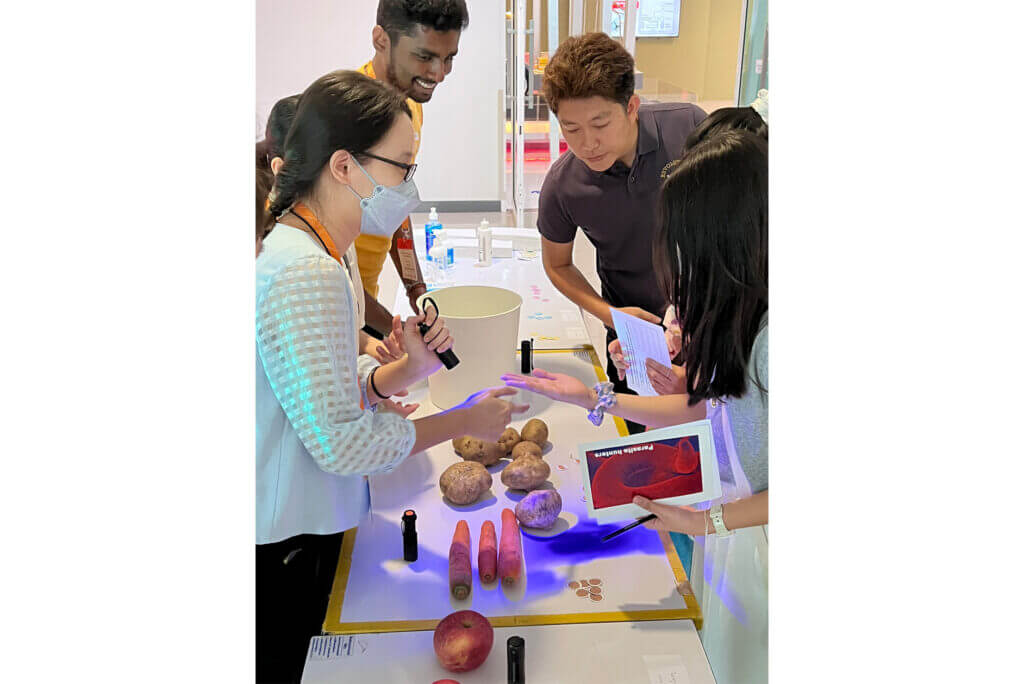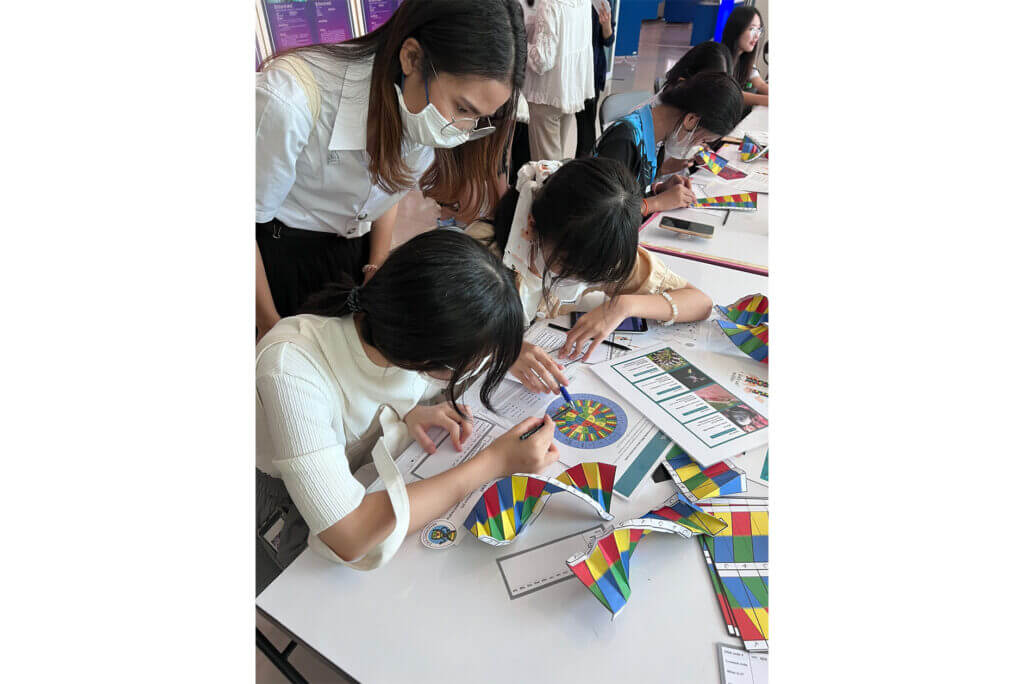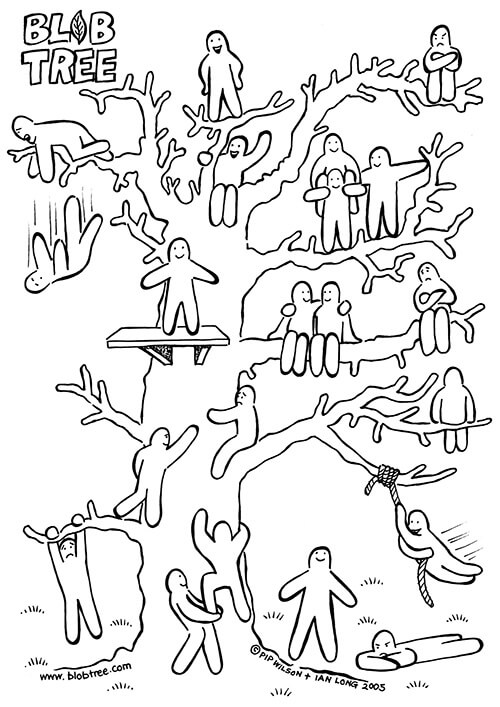
The Wellcome Connecting Science training offer includes wider professional skills that will enhance research practice and career development. One recent example is the integration of community engagement into training to support helminth research and disease control.
Helminths
Parasitic worms, known as helminths, are responsible for a range of infectious diseases globally. The World Health Organization estimates that helminth infections, transmitted through contaminated soil, affect around 1.5billion people, around 24% of the world’s population. These infections cause chronic and recurrent disease, resulting in poor cognitive development, poor school and work performance, and poor socioeconomic development. Helminth diseases effectively keep communities who are already experiencing poverty, in poverty.
Using new sequencing technologies to generate helminth genomes offers the potential to improve our understanding of parasite biology; support the discovery of new drugs; and enhance public health surveillance and the identification of drug resistance. Often, scientists who focus on helminth research, diagnostics, and surveillance, work alongside community and public health initiatives. Although engagement with affected communities is vital for their work, a training gap in this area has resulted in limited opportunities and resources for effective public and community engagement in these regions.
The course
Our Helminth Bioinformatics training course held in Thailand in May 2023 was developed with genomics experts based in Asia, led by Dr Arporn (Koi) Wangwiwatsin, Khon Kaen University, and Dr Stephen Doyle from the Wellcome Sanger Institute. Building on Koi’s personal experience and enthusiasm for science engagement, and working across our Learning and Training, and Engagement and Society teams, we were able to develop a public engagement training module that was delivered as part of course.
“We have previously implemented professional development skills such as grant writing, as part of many of courses. When our Global Pathogen Training Needs survey identified a gap in public engagement skills, we were able to respond by working with colleagues across Connecting Science to create relevant training for our course participants.”
– Dr Alice Matimba, Head of Training and Capacity Building

The starting point for developing the engagement training component was to ensure it would integrate well with the core bioinformatics content, and feel relevant for the participants. We were also aware that engagement might be quite frightening for some of those new to it – of the 21 participants who gave information ahead of the course, 19 gave ‘lack of understanding about science engagement’ as an obstacle to doing more – and we designed everything with this in mind: a balance of inspire, challenge, and support.
Engagement event
Three sessions were spread over the week long course – the first focussing on theory and building a shared understanding of what ‘engagement’ means; the second moving to practical application and developing potential activities; and finally, delivering these activities during a one-day-long event at a local museum in Khon Kaen, for 150 students from nearby schools. Young people and school students can be particularly influential in the context of helminth and other infectious disease research, and are often key to disseminating knowledge in their communities. So they were an important audience for the engagement skills we wanted to develop. Each course participant was tasked with running one of five stalls, with a core, and an extension, engagement activity. Their aim was to discuss specific agreed talking points with the students, while also having conversations about genomics skills and careers.
“
Upon completing the engagement training, I have realised the importance of treating engagement activities with the same level of significance as my research. As a result, I am committed to incorporating them into my work routine accordingly.
Helminth Bioinformatics Asia 2023, Course participant

What did course participants think about this experience?
The response was overwhelmingly positive! Our evaluation methodology used a ‘blob tree’ to capture thoughts and feelings, at the start and end of their training. The majority of the cohort started the week being nervous, unsure or anxious; but by the end of the museum activity, these had transformed to confident, excited and inspired.

“Developing and delivering engagement training sessions embedded within a broader science skills course was new to me, and frankly a little scary. I shouldn’t have worried. The scientists responded really well to our engagement training; and the activities not only developed engagement practice but also seemed to enhance their scientific skills by giving them a place to strengthen bonds with other participants, and crystallise learning by discussing techniques with school students.”
– Jack Monaghan, Science Engagement Manager
These engagement sessions also strengthened skills beyond the area of working with the community, such as supporting communication, teamwork, collaboration, and translating ideas into goals. Connecting Science is uniquely placed to draw on the breadth of our expertise to develop this type of enhanced training. Having demonstrated the relevance in one setting, we are now seeking to continue accelerating helminth research by replicating this mode of training through partnerships in other regions.